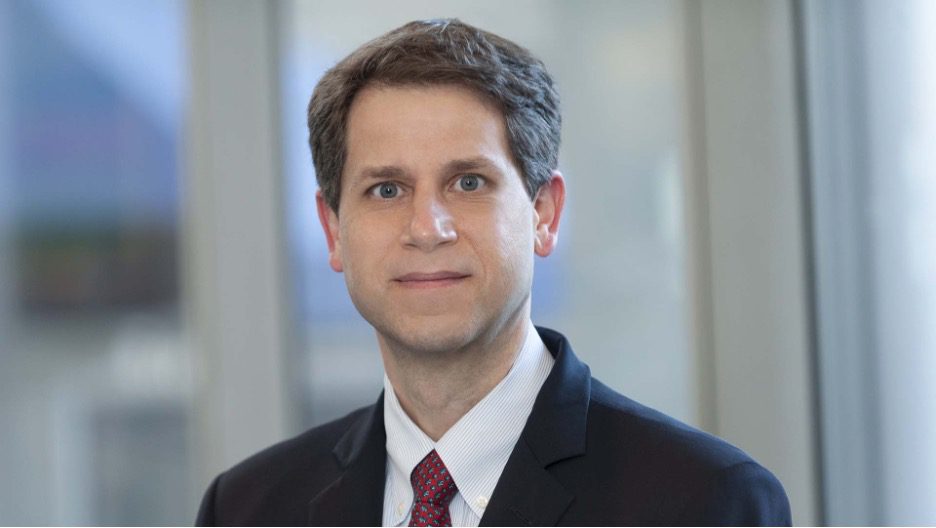“The goal is to change the whole paradigm in how we approach research for osteosarcoma.”
William Tap, MD, SIFT Committee Chair
The Osteosarcoma Institute’s Strategic Initiatives Funding Team, or SIFT, was developed to bring together the OSI Strategic Advisory Board and influential experts in cancer care and cancer research to increase the amount of research that is being done in osteosarcoma.
“The goal is to change the whole paradigm in how we approach research for osteosarcoma,” says William Tap, MD, chair of the SIFT Committee. “It is one of the fundamental principles of OSI and one of the reasons why it’s so important for me personally to be involved in the organization.”
We spoke with Dr. Tap to learn more about the purpose behind SIFT, how it is accelerating osteosarcoma research and cancer research funding, and the committee’s goals for 2022.

What makes the SIFT committee unique?
“OSI has really pushed the academic medicine community to figure out ways in which we can accelerate research, clinical trials, development of drugs and patient care continuums. In doing this, it has developed very unique aspects of an infrastructure that is different from many organizations,” says Dr. Tap. “By doing things a bit differently, SIFT takes an active stance as opposed to a passive one to facilitate and expand the types, quality and extent of research that’s being done in osteosarcoma.”
What are some ways SIFT does that?
One way is by engaging the academic community to think about osteosarcoma and see if there are ways that we can interact with them and encourage them to consider performing research in osteosarcoma. Another way is to identify young investigators who may be starting a career in academic medicine and research and see if we can provide them with the rationale and resources to think about osteosarcoma as the disease that they may want to focus on.
This involves canvasing research that is going on in the biomedical community to find areas of synergy. If we identify people who may have some initial cursory findings in osteosarcoma or applicable areas of interest, we can approach these researchers and potentially provide osteosarcoma research funding and opportunities for collaboration.
Can you give an example?
For instance, if there is a field of biology or drug development that we feel is applicable to osteosarcoma but under-developed, we will try to identify well-known researchers in that community, bring them together so we can start thinking about what a project in osteosarcoma might look like. We will ask questions like: What are the needs? What are the gaps? How can we interface with them in a proactive way? It’s a grassroots effort, but one that we believe will really broaden the type of research that is being done in osteosarcoma.
Are there any biomedical areas that SIFT is currently exploring?
There is a field of scientific research called chromothripsis that we are interested in exploring more deeply. Chromothripsis is a mutational process in which hundreds, if not thousands, of chromosomal rearrangements occur and it is often associated with cancer and congenital diseases. We think this process is very important in understanding the pathogenesis and propagation of osteosarcoma. There’s not a ton of research being done in this, specifically in osteosarcoma, but it is a very fascinating emerging field in biology.
What are some of SIFT’s goals in 2022?
I would like to see us give a few smaller grant awards in the $15,000 to $30,000 range to either expand the research focus of established investigators and/or support younger investigators to focus on osteosarcoma. Another goal is to identify a few of OSI’s traditional grant proposals that could use additional support to allow their data to mature so they can get deeper funding.
Ultimately, our overall goal is to see osteosarcoma cured as soon as possible. It’s a lofty goal, but as we continue to collaborate with the different OSI committees —SCIENTS (Scientific Correlates and Innovative, Emerging New Technologies) and BOP (Brokers of Progress)—we can continue to push the envelope in how we affect the disease.
Why is SIFT and the OSI so important to you?
Being a clinician who treats osteosarcoma brings a sense of urgency to my work. When I see on a daily basis what my patients go through, it instills in me the need to break down every barrier we can to accelerate care paradigms. This is why OSI is so special. It is made up of very motivated individuals who want to produce meaningful change.
Change is always difficult in rare and complex diseases, especially dealing with all the barriers that are out there—societal policy, business models, you name it—so being a clinician really allows me to focus on that important goal, which is helping the patient in front of me. And for them there’s an immediacy to that and that creates an immediacy and an urgency in what we’re trying to do here.
Read more stories about the people powering OSI in The Frontline, our monthly newsletter. Click here to subscribe.
